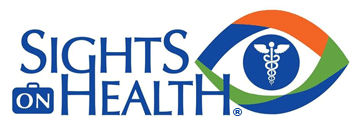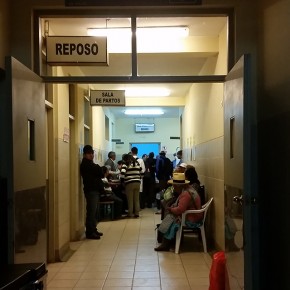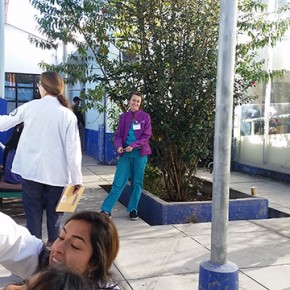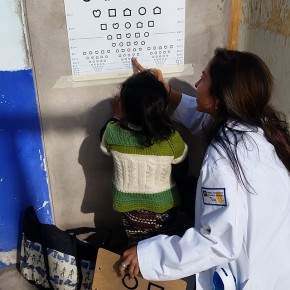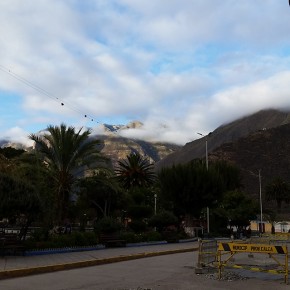This post is a little more personal because after the first day our clinics become routine. Today I worked in the eye clinic performing visual acuity exams. We were stationed outside the optometry clinic in a small outdoor courtyard with two benches and 3 eye charts taped to the wall. Even though the courtyard was enclosed by the hospital itself, stray dogs found their way in and wandered around. A handful of medical students and translators would collect their eye and medical history on a chart, write a number and pass the patient and chart along to us in the courtyard. Our patients ranged from 3 to 80 years old, and around 2pm a lot of school age children in uniforms came for testing. One of the optometry students told me the children were so excited to get glasses that they gave them small prescriptions and their eyes lit up. Testing the patients’ eyesight was difficult with the language barrier at first, for me, but I was able to pick up important phrases to explain what was going on and communicate with Quechua speaking patients via the Quechua/Spanish translators. The translators are very helpful and sweet, they were young girls who laughed with us and had the best personalities. After assessing patients’ vision and documenting our findings we sent them into the optometry room to wait for further screening and possible prescription glasses or cataract surgery. The highlight of my day was when I saw patients I had helped prepare for surgery yesterday and who stayed overnight due to long travel times walked through the courtyard to exit the clinic. They were all smiles and so thankful to every medical provider they came in contact with, shaking hands and holding their heads high. They knew they’d be able to see once they could take that eye patch off, and it’s incredible that our clinic provided eyesight for free.
~ Chrissie Chevalier, OMS I
